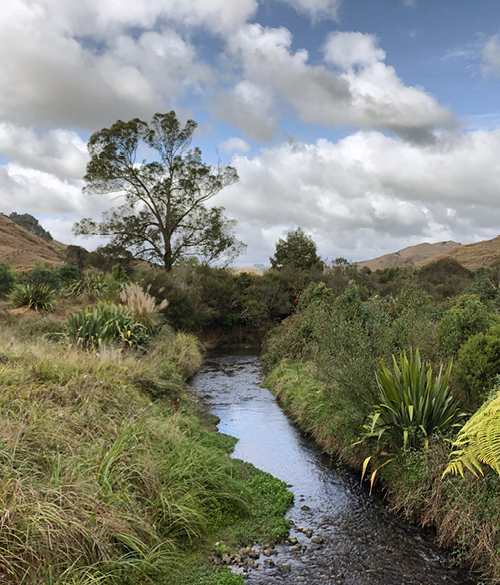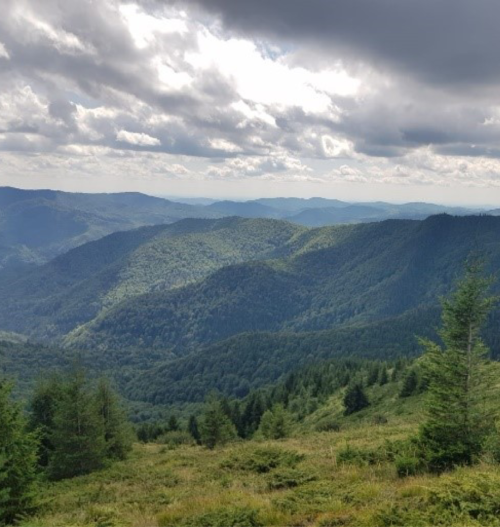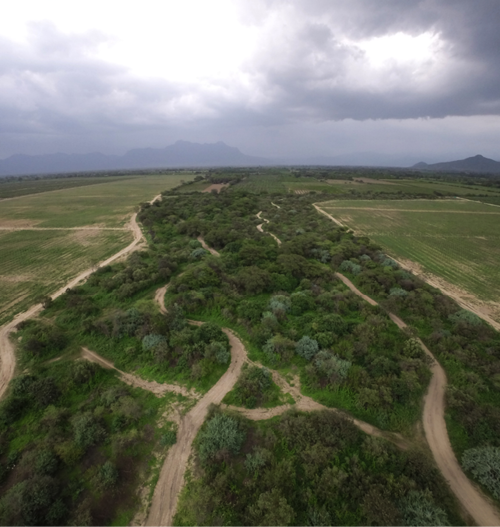Protecting natural habitats
As part of our Farming with Nature principle, we strive to protect and enhance biodiversity. One way we do that is by designating and protecting areas for natural habitats and water bodies.
Of all our owned land, 29% (29,803 hectares) are designated natural habitat and 2.6% are water bodies. This includes formally protected areas with a land title covenant and areas under our own internal Ingleby protection. Some of these areas is not suited for farming, but most of it we deliberately do not produce on. Such areas include forests, natural grasslands, native bush, wetlands and riverfronts.
Our freshwater bodies and their surrounding area are the most biodiverse places on our farms. To protect these biodiversity hotspots, we have buffer strips next to all major water bodies.
In Romania, we internally protect 226 hectares of forest that act as a safe haven for bears, lynx and wolves. An additional 427 hectares of forest is protected under the Natura 2000 scheme.
In Uruguay, 67% of our land consists of natural grassland, water bodies, and woodland. The natural grassland which our cattle roam is part of Rio de la Plata Grasslands. This ecosystem includes thousands of plant species, 450-500 bird species and almost a hundred mammalian species. We graze this land, because grazing is an integral part of its conservation, but we do not interfere with the land in any other way.
Our goal is that 10% of each of our farm hubs’ total area are natural habitats and 1% water habitats.





